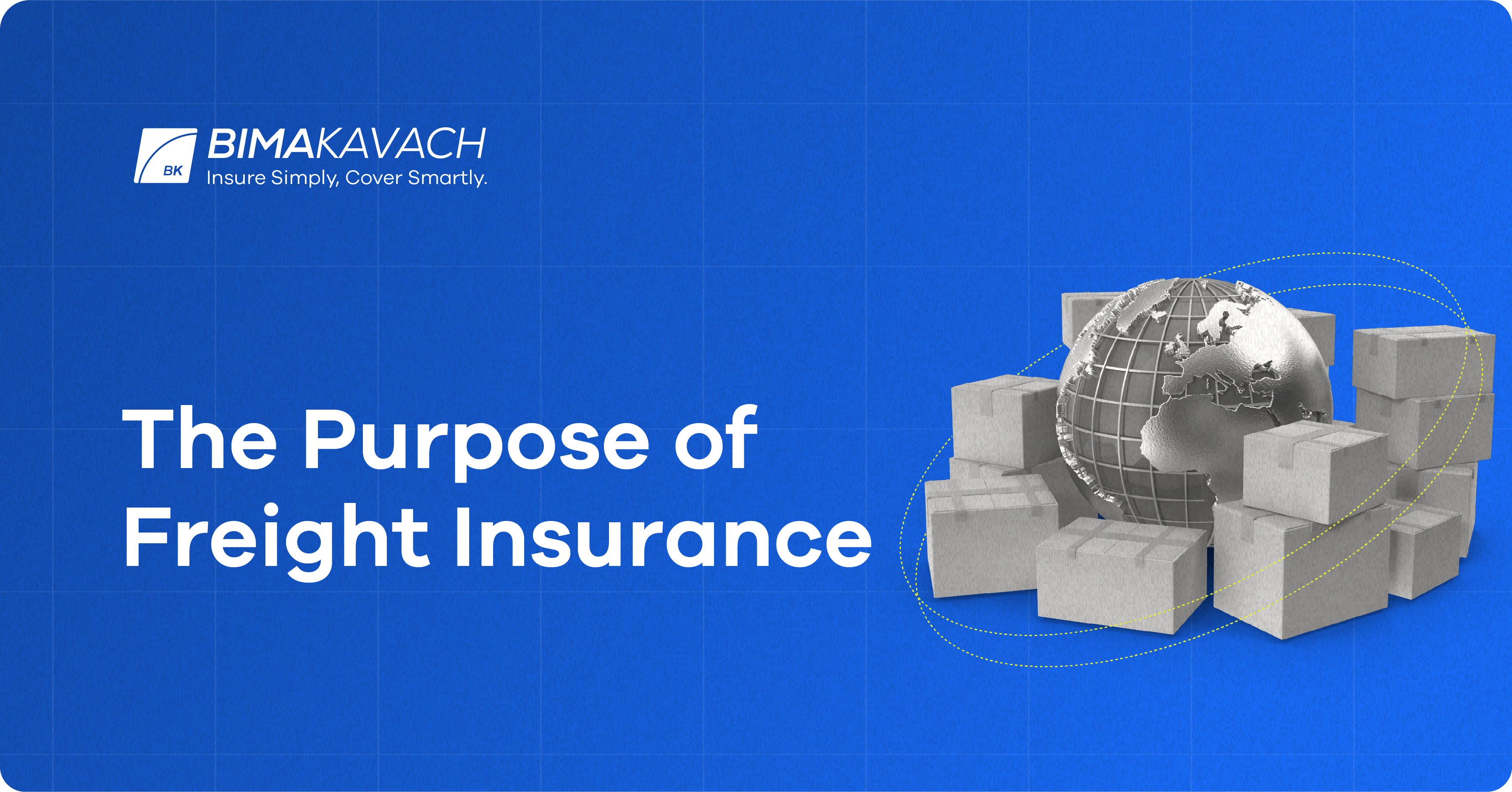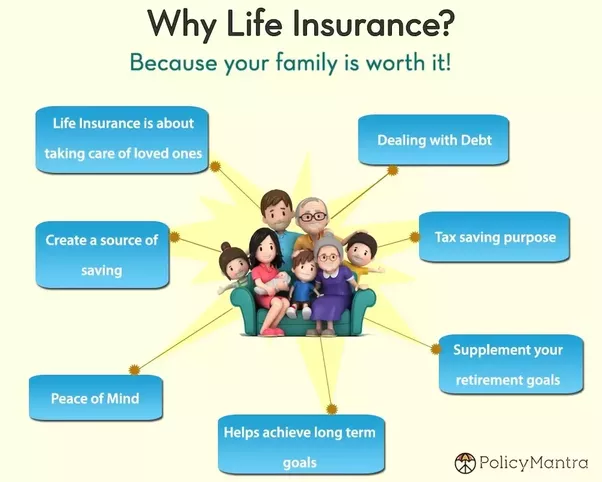The 8-Minute Rule for Pacific Prime
The 8-Minute Rule for Pacific Prime
Blog Article
A Biased View of Pacific Prime
Table of ContentsPacific Prime Things To Know Before You BuyThe Best Strategy To Use For Pacific PrimeWhat Does Pacific Prime Do?Pacific Prime for DummiesAbout Pacific Prime

This is since the data were collected for a period of strong economic efficiency. Of the approximated 42 million people that were without insurance, almost about 420,000 (concerning 1 percent) were under 65 years of age, the age at which most Americans become qualified for Medicare; 32 million were adults in between ages 18 and 65, around 19 percent of all adults in this age team; and 10 million were kids under 18 years old, concerning 13.9 percent of all children (Mills, 2000).
These estimates of the number of persons without insurance are produced from the yearly March Supplement to the Present Populace Study (CPS), performed by the Census Bureau. Unless otherwise noted, national quotes of individuals without health and wellness insurance coverage and percentages of the population with different kinds of coverage are based on the CPS, the most widely used resource of estimates of insurance protection and uninsurance prices.
The 6-Second Trick For Pacific Prime

Still, the CPS is particularly useful due to the fact that it produces yearly quotes relatively swiftly, reporting the previous year's insurance protection estimates each September, and due to the fact that it is the basis for a consistent collection of quotes for more than 20 years, permitting evaluation of trends in insurance coverage over time. For these reasons, as well as the comprehensive usage of the CPS in other researches of insurance protection that exist in this report, we rely on CPS price quotes, with limitations noted.

The estimate of the number of without insurance people broadens when a populace's insurance policy status is tracked for numerous years. Over a three-year duration starting early in 1993, 72 million people, 29 percent of the see post U.S. https://www.openstreetmap.org/user/pacificpr1me. population, were without protection for a minimum of one month. Within a solitary year (1994 ), 53 million individuals experienced at the very least a month without protection (Bennefield, 1998a)
6 out of every ten without insurance adults are themselves utilized. Although functioning does improve the likelihood that and one's member of the family will have insurance policy, it is not a warranty. Even participants of families with two full-time wage income earners have almost a one-in-ten opportunity of being without insurance (9.1 percent uninsured price) (Hoffman and Pohl, 2000).
Some Known Factual Statements About Pacific Prime
New immigrants make up a considerable proportion of individuals without medical insurance. One evaluation has associated a considerable section of the current development in the size of the U.S. uninsured population to immigrants who got here in the nation in between 1994 and 1998 (Camarota and Edwards, 2000). Current immigrants (those that came to the United States within the past four years) do have a high rate of being uninsured (46 percent), but they and their children account for just 6 percent of those without insurance coverage country wide (Holahan et al., 2001).
The partnership in between medical insurance and accessibility to care is well developed, as recorded later on in this chapter. Although the connection between health and wellness insurance coverage and wellness end results is neither straight neither easy, an extensive clinical and health services research literary works links medical insurance coverage to improved access to care, better quality, and enhanced personal and population wellness standing.
Levels of analysis for taking a look at the results of uninsurance. This conversation of health and wellness insurance policy coverage concentrates mostly on the U.S. populace under age 65 because virtually all Americans 65 and older have Medicare or various other public coverage. In addition, it focuses specifically on those without any type of health insurance policy for any size of time.
The smart Trick of Pacific Prime That Nobody is Discussing
The troubles encountered by the underinsured remain in some respects similar to those dealt with by the uninsured, although they are usually much less extreme. maternity insurance for expats. Uninsurance and underinsurance, nevertheless, include definitely different policy issues, and the strategies for resolving them may vary. Throughout this research and the 5 reports to follow, the major focus is on individuals without any medical insurance and thus no aid in spending for health and wellness care past what is offered with charity and safeguard organizations
Health and wellness insurance is an effective factor affecting invoice of treatment due to the fact that both people and physicians reply to the out-of-pocket price of services - https://www.domestika.org/en/pacificpr1me. Health and wellness insurance coverage, nonetheless, is neither essential nor sufficient to access to clinical services. However, the independent and straight impact of health insurance policy protection on access to health solutions is well established.
Others will acquire the healthcare they require also without medical insurance, by spending for it out of pocket or seeking it from companies that provide treatment complimentary or at highly subsidized prices. For still others, health insurance policy alone does not ensure invoice of treatment due to various other nonfinancial barriers, such as an absence of healthcare providers in their community, minimal accessibility to transportation, illiteracy, or etymological and cultural differences.
6 Simple Techniques For Pacific Prime
Formal research study regarding without insurance populaces in the USA dates to the late 1920s and very early 1930s when the Board on the Price of Treatment produced a series of reports about financing doctor workplace visits and hospitalizations. This problem came to be prominent as the varieties of clinically indigent climbed up throughout the Great Depression.
Report this page